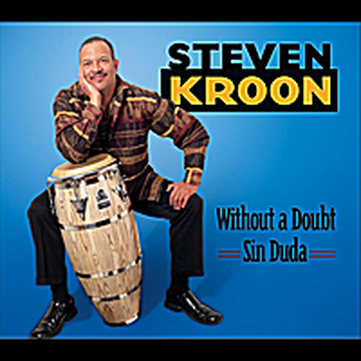
He has recorded and/or toured with the greats of the day: Aretha Franklin, Roberta Flack, Diana Krall, Ron Carter to name only four. The longest gig of his career was as a member of Luther Vandross’ band from 1981-2001. All this was in preparation for a great solo career of his own recordings and tours beginning in 2006.
“Without a Doubt” is his fourth CD release in the last six years. It was released in 2011 but has deserved greater attention that it has heretofore received. It is not too late to take note of this album so worthy of hearing.
The band he has chosen is tight and responsive to each other. They have established a relationship between themselves that grows from one album to the next.
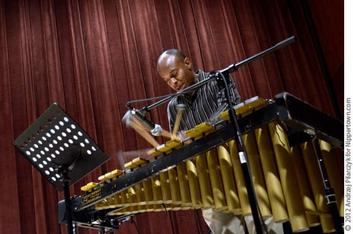
Bryan Carrott on the vibraphone is one particular example of a soloist working on top of that groove that comes across so very fine. He has twice received New York’s “Meet the Composer Foundation” notice and has been cited seven times by Down Beat Magazine’s International Critics’ Poll as “Talent Deserving Wider Recognition” in the vibes category.
Special Guest Bobby Franceschini wastes no time is establishing himself within the context of the group. Bobby is also a native New Yorker and he began his musical training on piano at age five and picked up the saxophone in at age 11. His sax work alongside Craig Rivers’ flute creates a very complimentary duet.
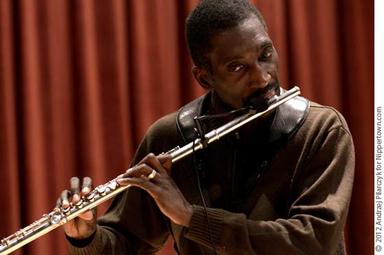
Barry Harris’ “Nascimento” is the third track. Harris had released the song on his 1982 album “The Bird of Red and Gold” and was the lead-off track. It is a great tribute to the iconic Milton Nascimento and the tribute is truly golden under Steven’s treatment of the James Shipp arrangement.
The instruments give beautiful imagery to the voice that is Milton’s. Atalita’s piano is in the spotlight for the greater part of this phenomenal piece with Rivers’ flute again adding such delicacy and delight. One of the nice surprises of the song is Ruben Rodriguez very low-end and subtle acoustic bass. The inline progression of piano and bass provides an undercurrent that is remarkable.
Flute, piano, guiro, bass and drums kick off the next track, a brilliant composition by the young master Zaccai Curtis, a 2005 graduate of the New England Conservatory. The song is entitled “Mizu (Agua)” the Japanese word for water, as if the hint in parenthesis were not enough.
“Tombo 7/4” is a lively samba in 7 (4+3) that Airto Moreira is credited for composing but is arranged by Steven Kroon and Bryan Carrott. The original recording by Moreira was keys and guitar with bass and drums but Steven’s performance and arrangement is better loaded for expanded expression. The additional features of rubbed percussion and shakers cause this song to spiral upward as it should. The song reaches its zenith and disappears.
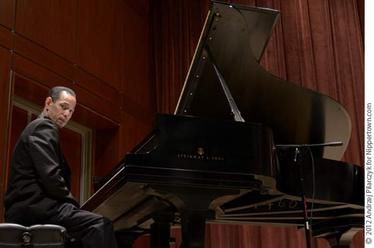
However, four of the final six songs are arranged or composed by Steven Kroon himself and his distinct touch becomes evident.
“The First Time Ever I Saw Your Face” was co-arranged by Steven and the foundational percussion allows for freedom of expression from Atalita’s piano and the guest vocalist Carla Cook. Carla’s cool scat improvisations mark the interpretive nature of the band’s treatment of the Ewan Maccoll classic.
Steven leads off the next track “Pamela” with the lone congas until joined by Ruben’s electric bass, then piano and drums are added all as part of the introduction. The Bobby Watson piece takes on a corps advance as the musicians play in unison between sax, flute, vibes and piano. While this and the vibe solo are carrying forward, the rhythm section of Steven, Ruben and Diego have their own groove that catches the listener and doesn’t let go. Diego Lopez’ drumming is high and tight here.
Born in Milan, Italy Diego began playing drums at the age of eleven. He played for Italian television before moving to the US in 1991. He has played with many well-known musicians and has toured extensively.
Again, Ruben Rodriquez performs well under the radar. His subdued style is exactly what the ensemble requires. One would think that Ruben had been the one to receive John Lennon’s admonition to Tony Levin: “I hear you’re good. Don’t play too many notes.”
Ruben was born in East Harlem, NY but lived in Puerto Rico in his adolescence. He picked up the bass in junior high school and has played with everyone from Tito Puente to Roberta Flack to Grover Washington, Jr. He is the go-to guy among Latin Jazz players. He has an instinct and an understanding that makes him fit well in any ensemble.
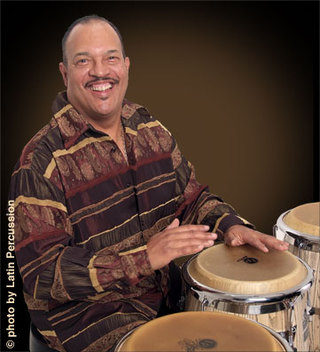
Craig studied at the Philadelphia College of Performing Arts and is on the faculty at the Music School of Westchester. His musical lines are delicate and flowing. He takes the flute into often uncharted waters with some pieces that do not always seem suited to a flute part but Craig can interpose himself in the most unobtrusive ways while still staking his claim in solo and duet sections.
The album closes with all hands on deck for the title track “Without a Doubt” composed by Steven Kroon and Igor Atalita. This is the tight and precise highlight of the whole album. Ruben gets another shot at the title of best solo performance on the CD but then Igor makes his case. This is some of Igor’s most exciting work on an album that is full of great piano moments.
Likewise, Craig Rivers moves to piccolo and flute and recorder. The band was clearly intending to finish the album with shock and awe. This is exactly what happened as Diego Lopez and Steven Kroon lay down such a cool groove that the listener hates for the album to finish.
One of the things that Steven stresses is the live performances for the band before recording ever begins. This is an old-school approach that has always worked well in the jazz world. "This allows you to find the right tempo and groove for each tune. I've always loved this concept," Steven says.
This formula has worked exceedingly well for this line-up. They have certainly found that groove and they make it look effortless. This is a great fourth installment in Steven Kroon’s additions to the corpus of Latin Jazz. We look forward to the fifth. Can't get enough of that groove.
“Without a Doubt” is available at cdbaby here: http://www.cdbaby.com/cd/stevenkroon
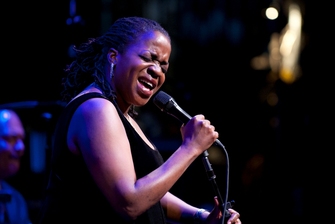
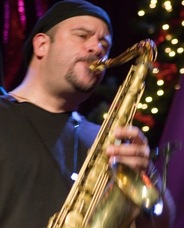
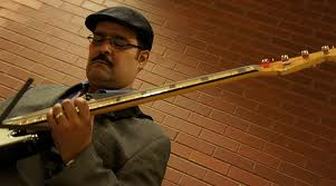
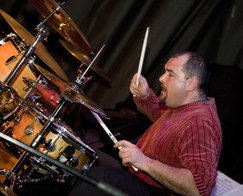
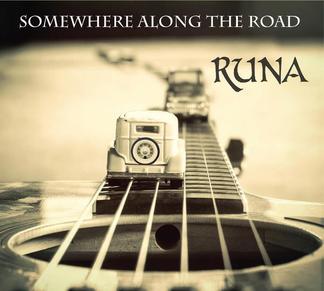
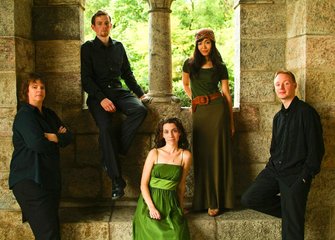
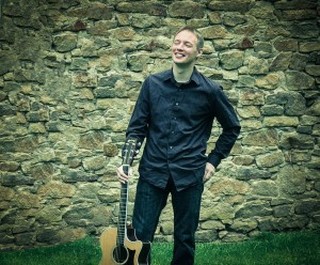
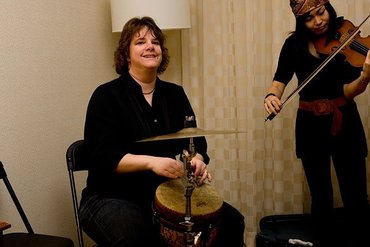
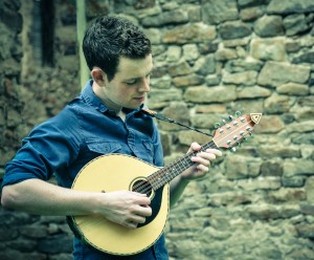
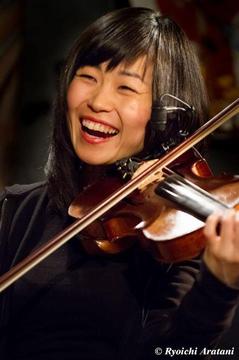
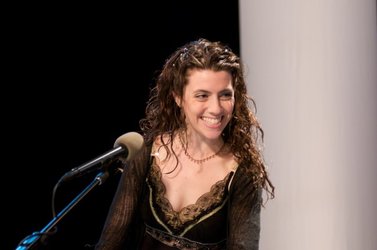
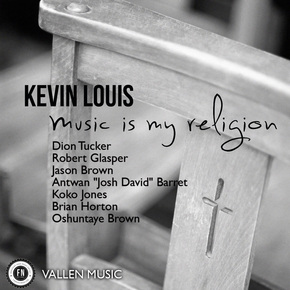
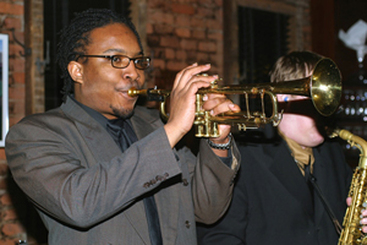
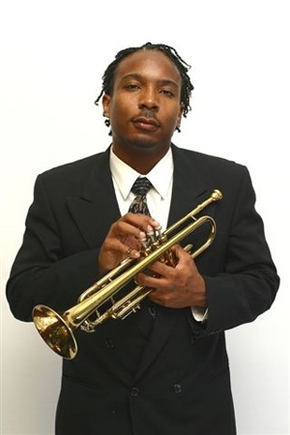
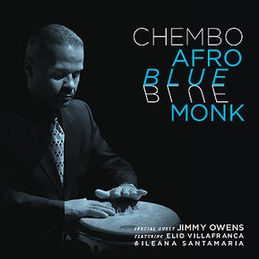
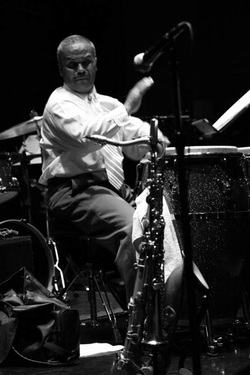
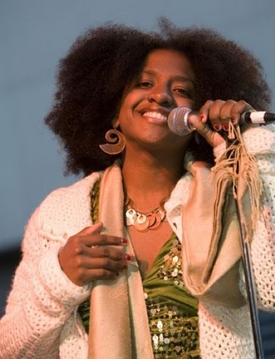
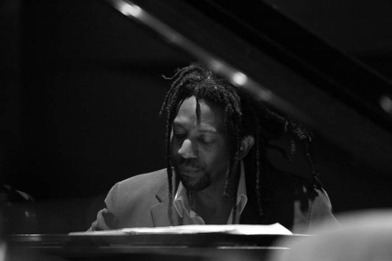
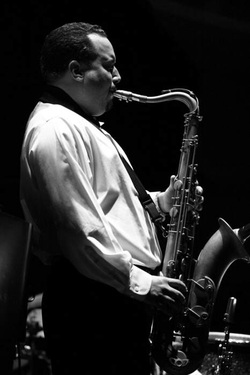
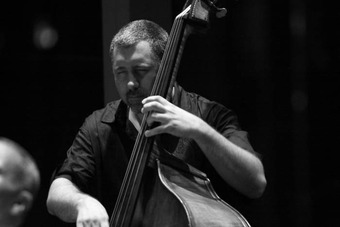
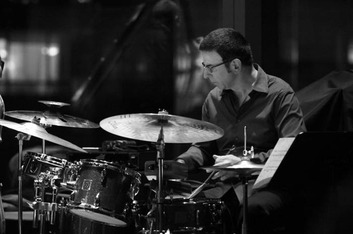
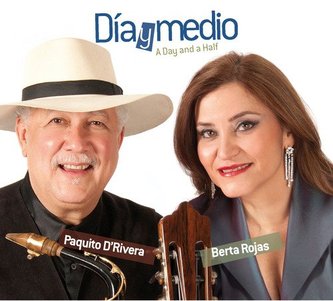
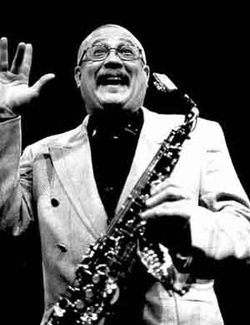
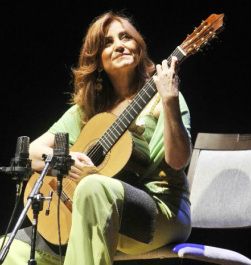
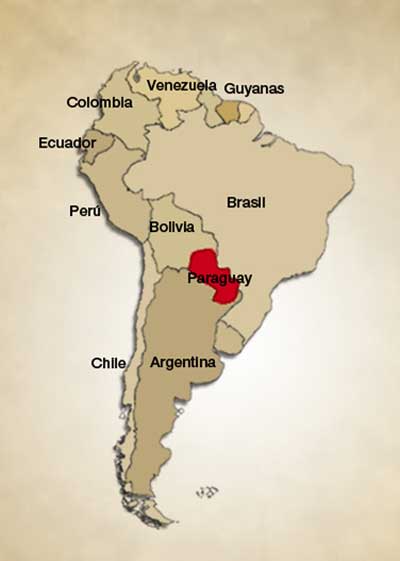
 RSS Feed
RSS Feed
